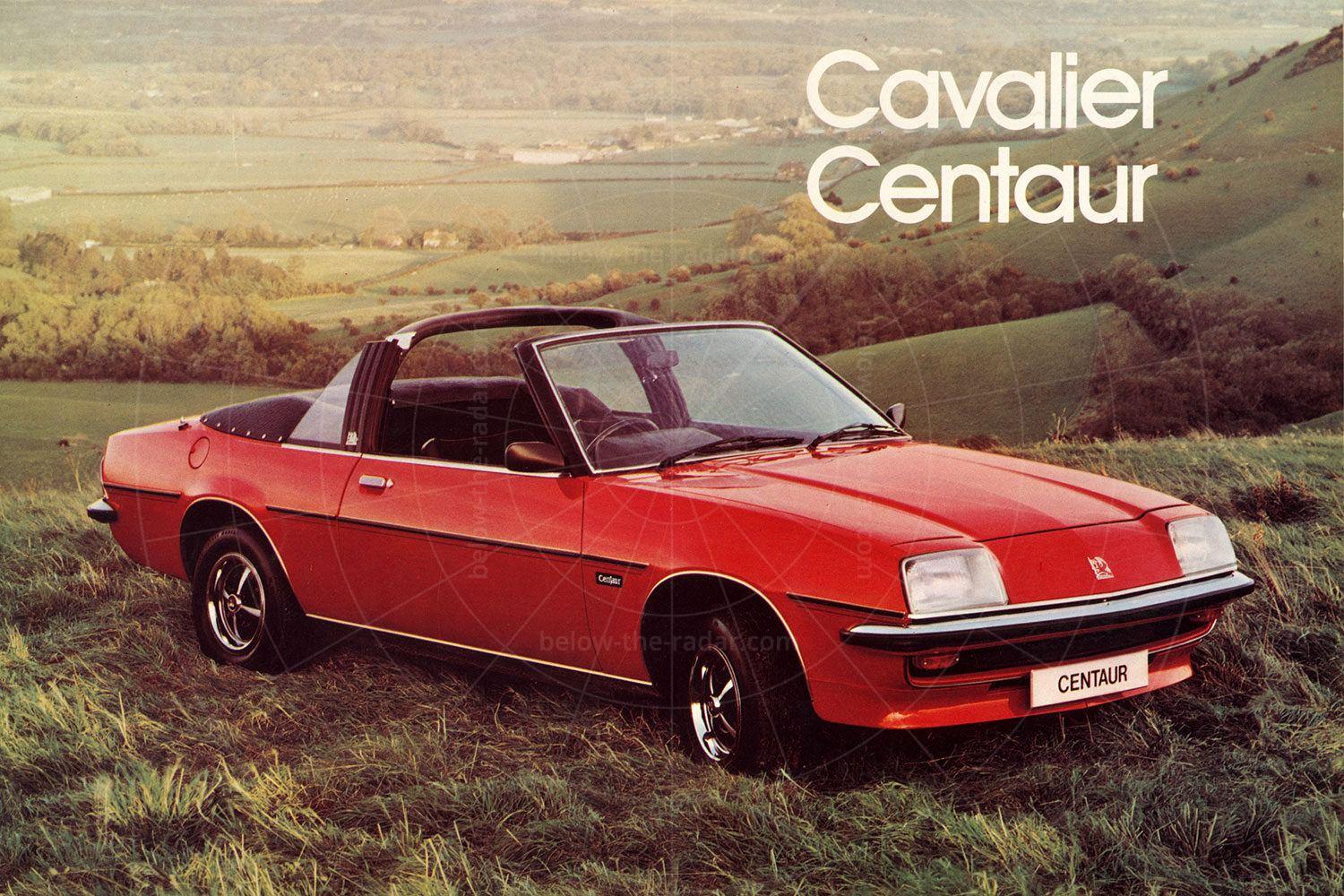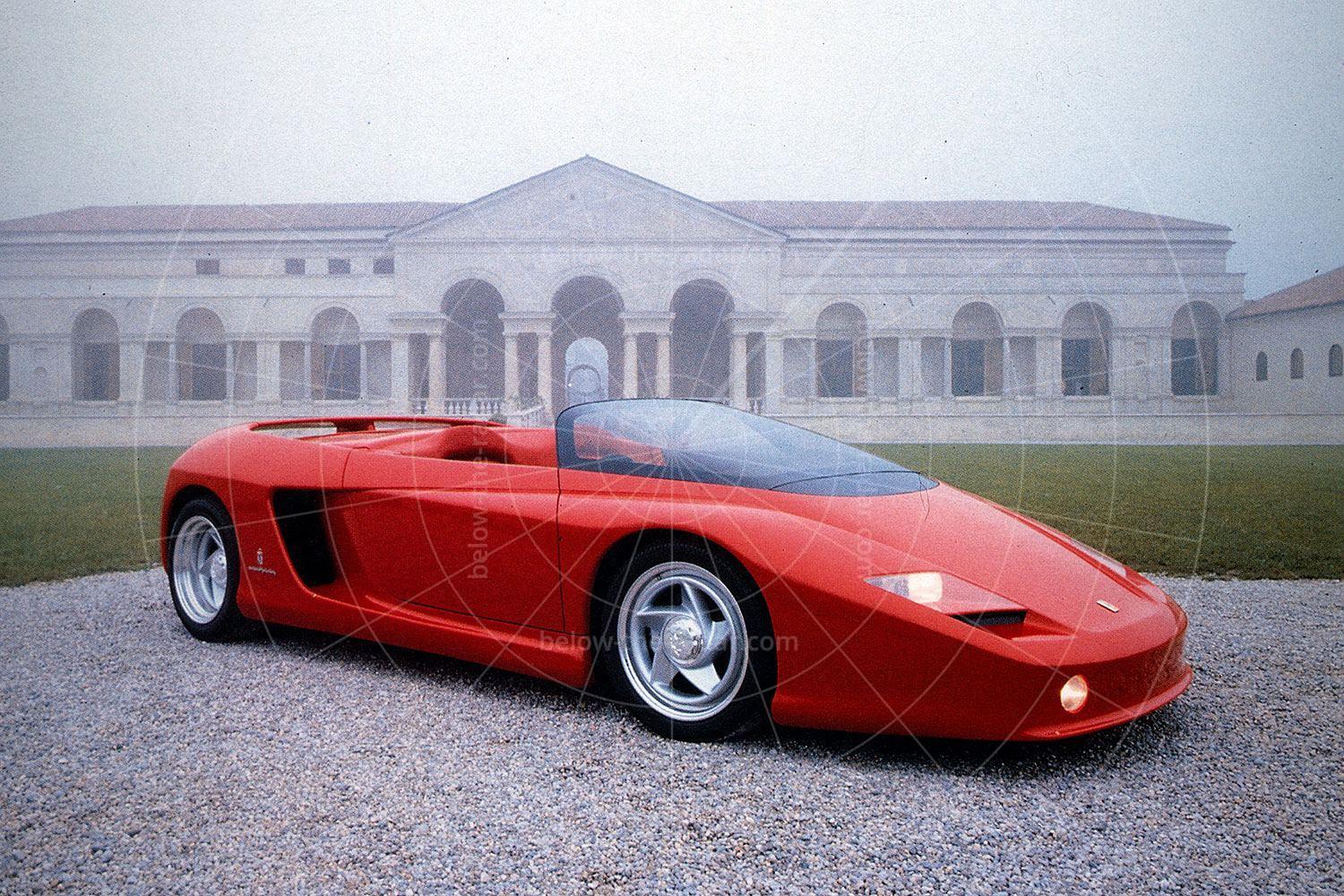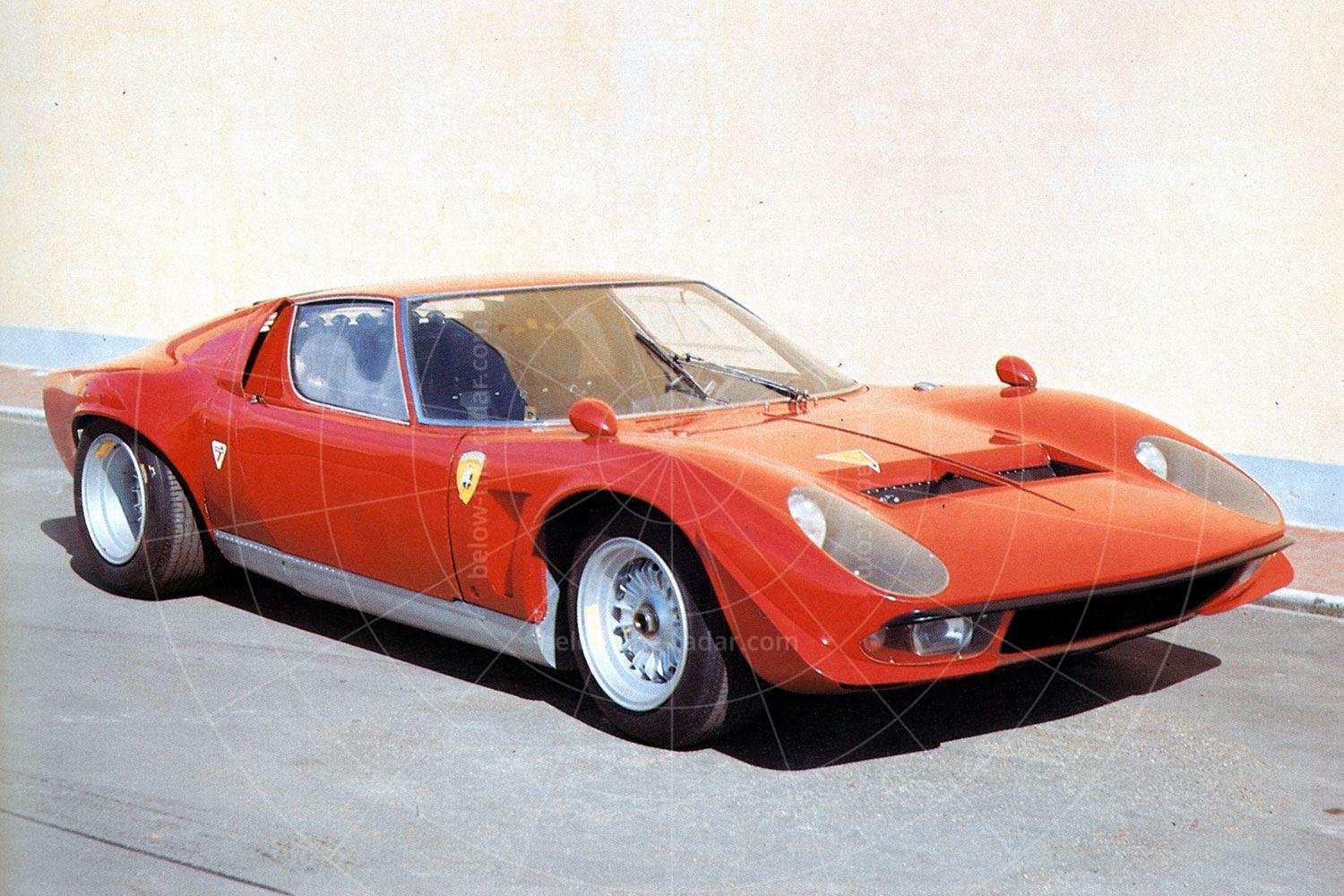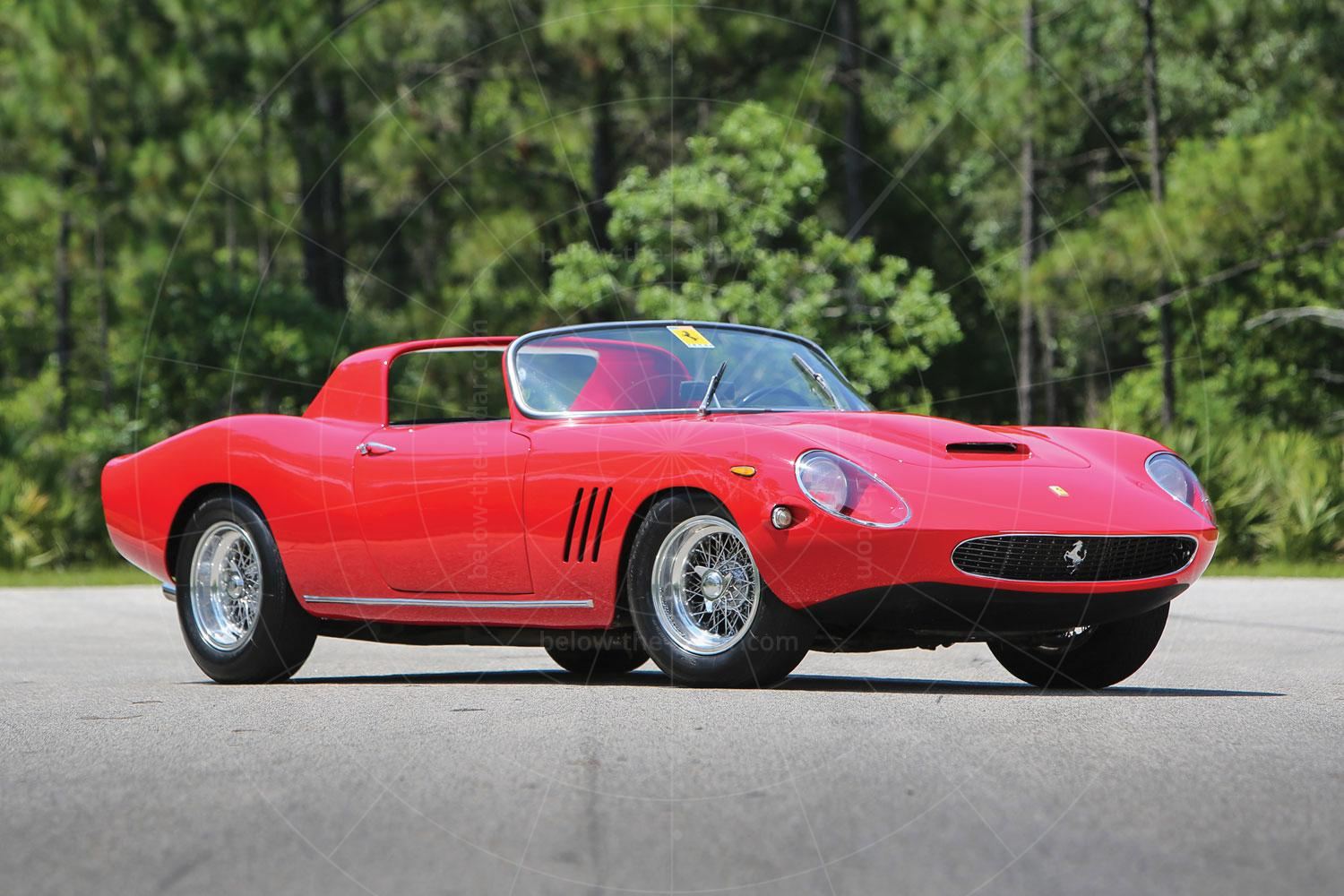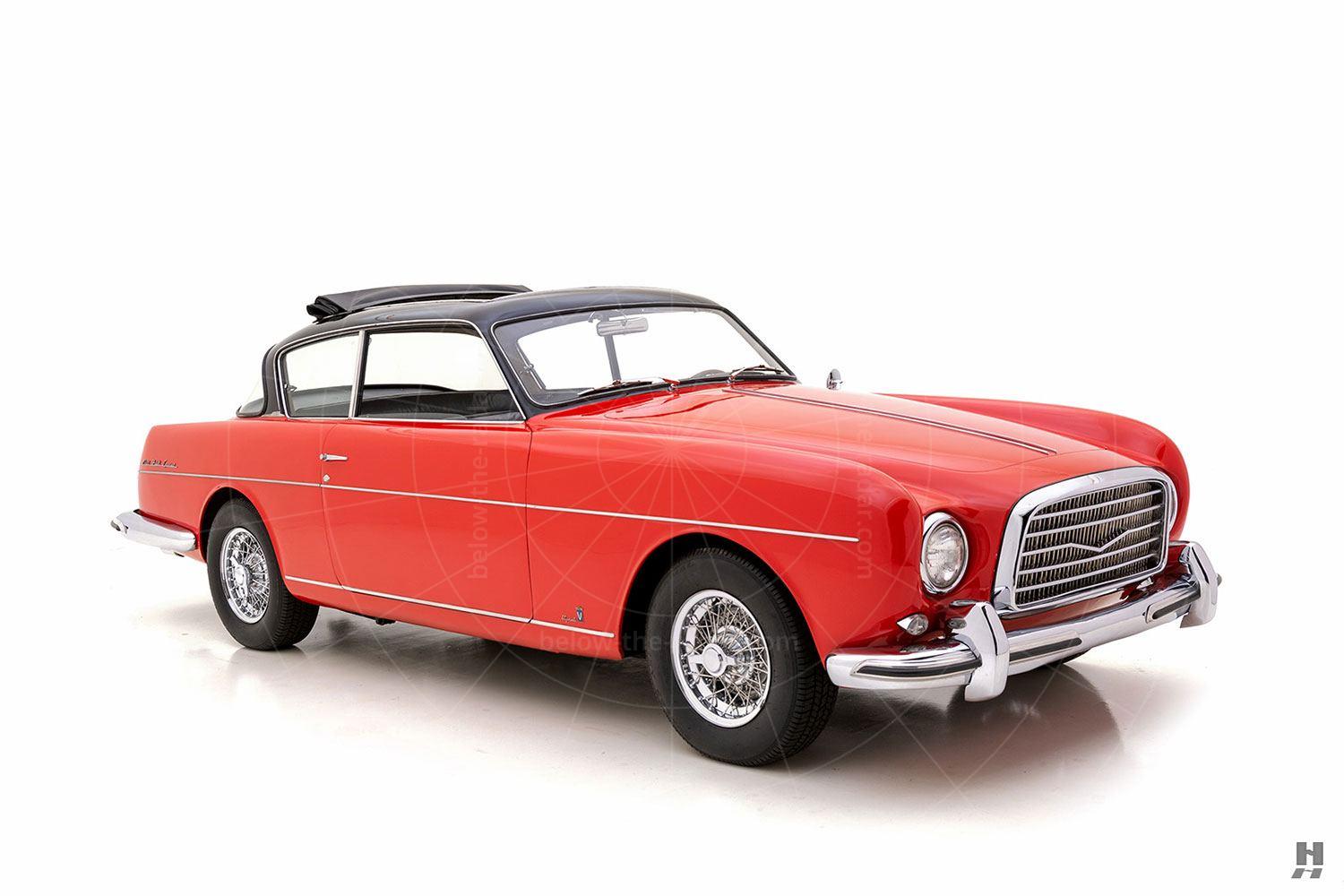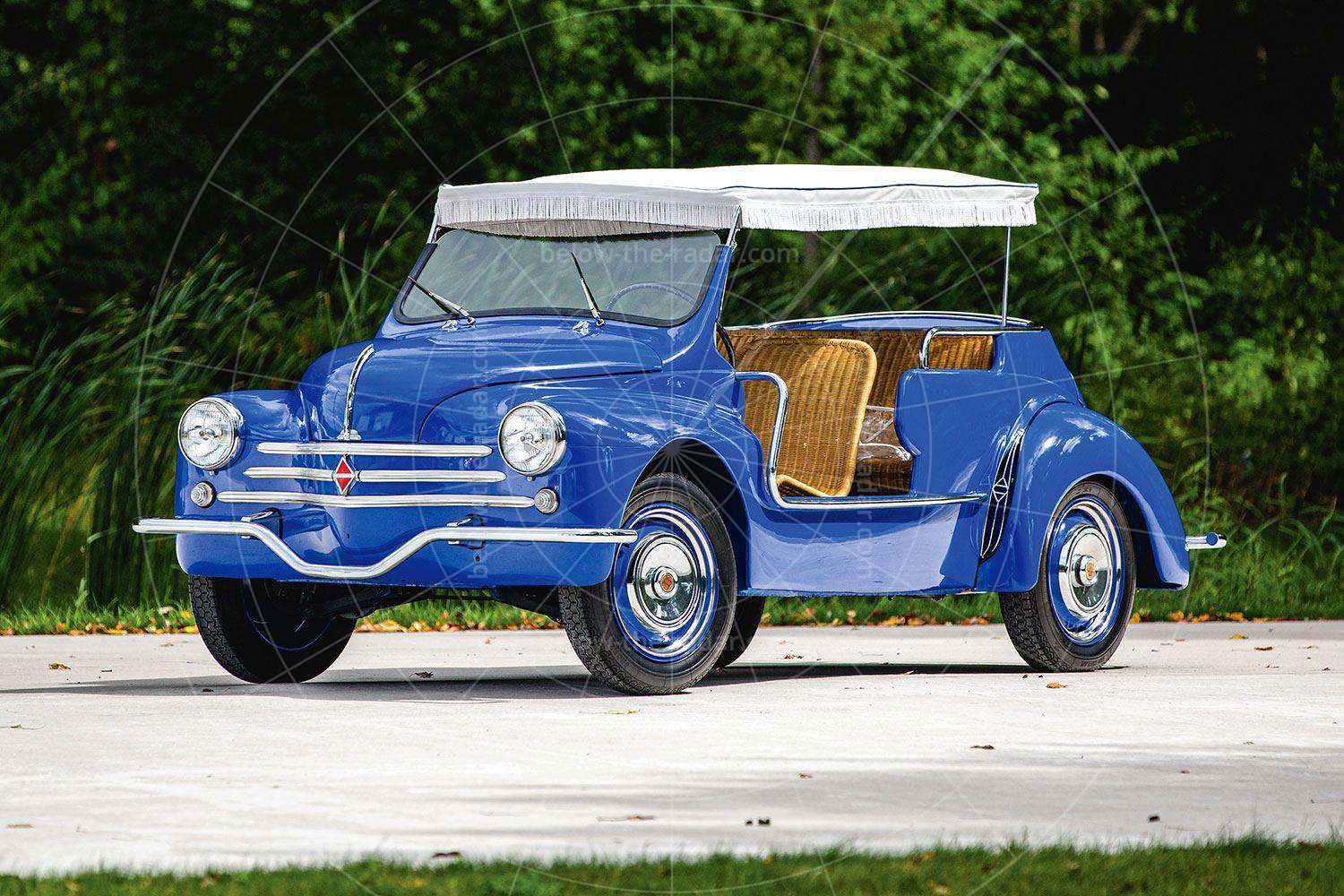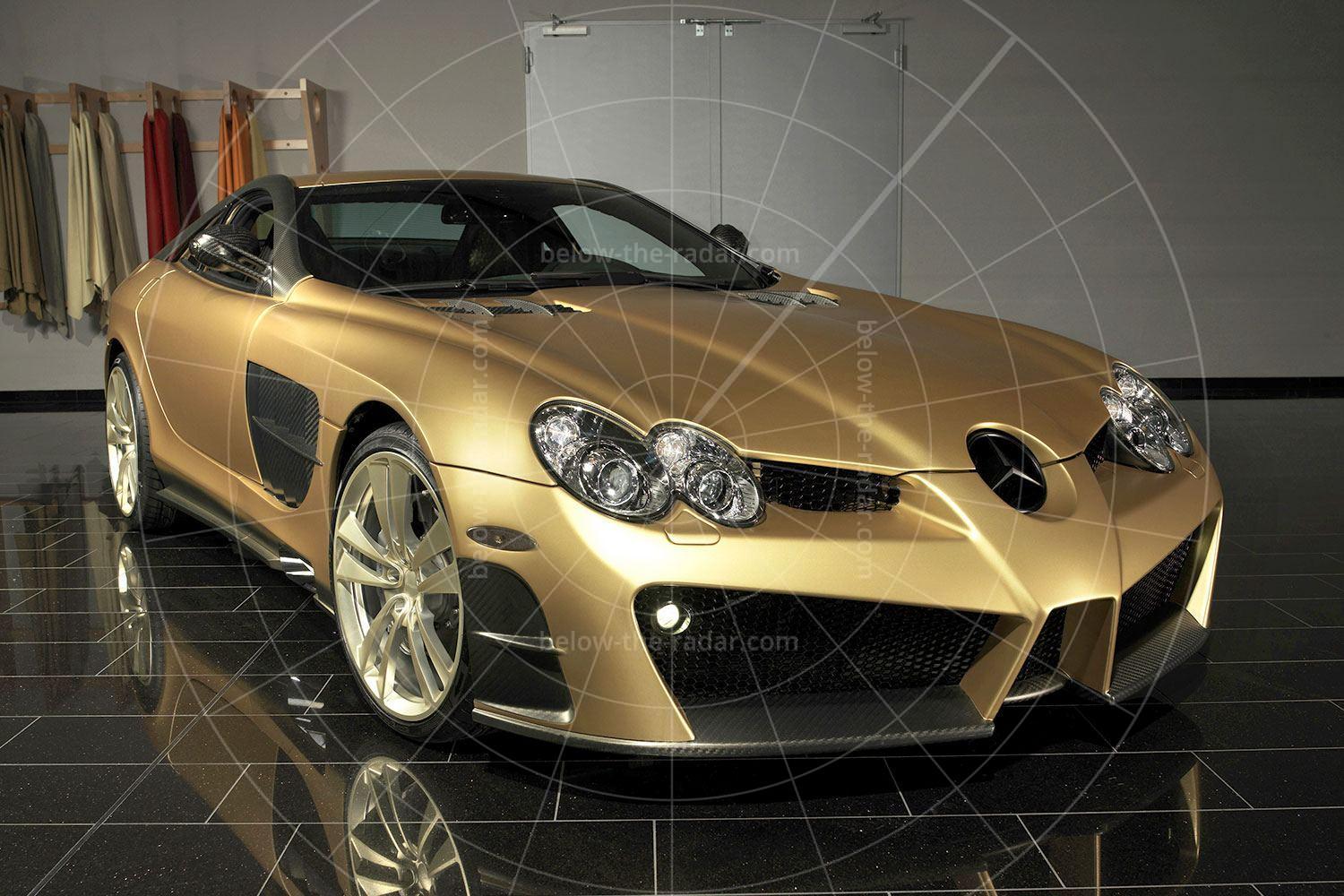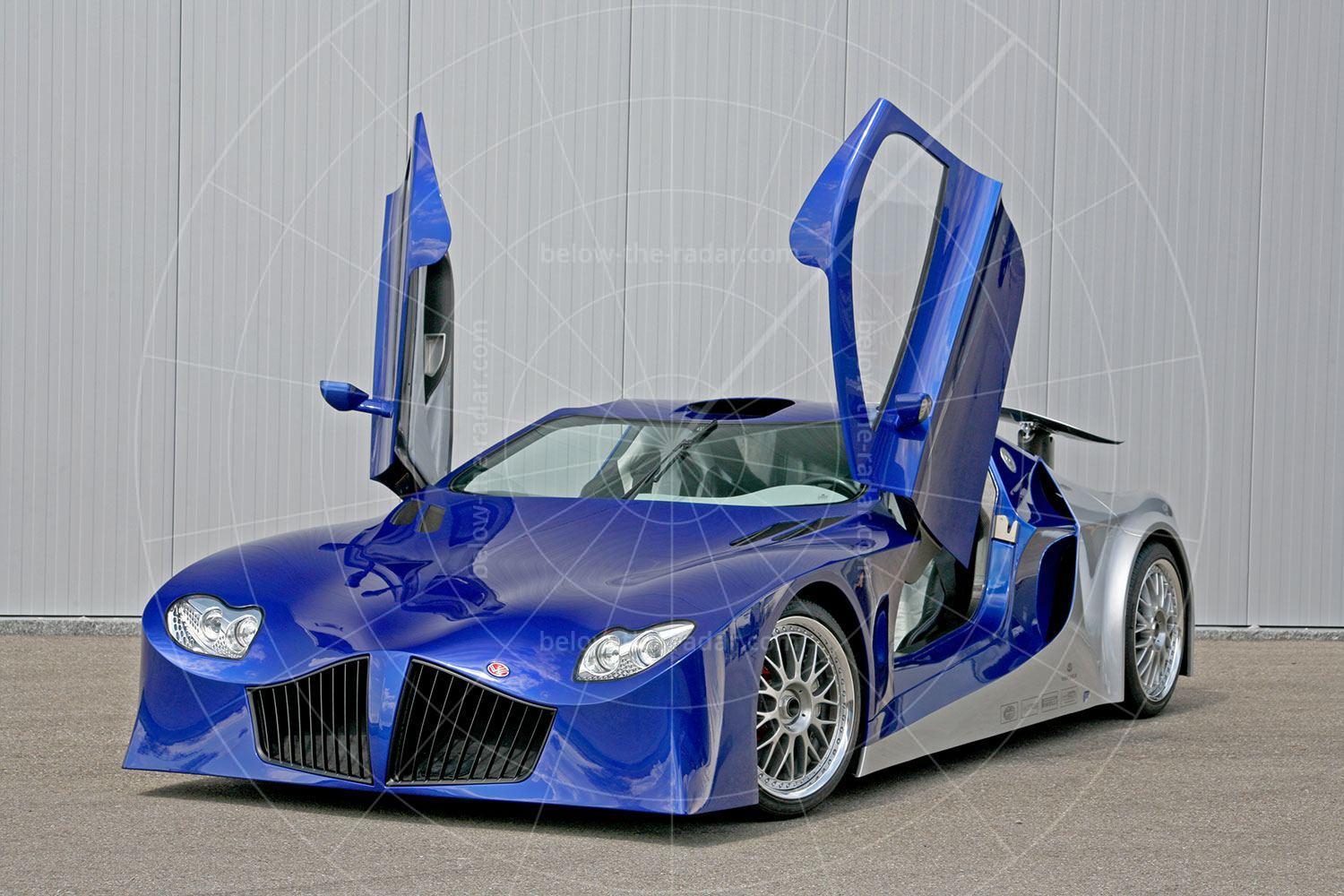Developed by Crayford, produced by Magraw Engineering and officially approved by Vauxhall for sale through its dealerships, the Centaur was based on the Cavalier GLS coupé. Between 1978 and 1979, 188 examples of the Cavalier Centaur were produced, of which just 20 or so are thought to remain.
When it came to aftermarket drop-top conversions in the UK in the sixties and seventies, Crayford was king. It had sliced open all sorts of cars including the Ford Cortina and Capri, BMC Mini and 1100/1300, Audi 100 and perhaps most famously the Wolseley Hornet, 57 examples of which were opened up for Heinz to give away in a competition in 1966.
The Cavalier Centaur wasn't the first Vauxhall that Kent-based Crayford had worked on, as there was an upmarket Viva HB called the Prince in the 1960s. That car failed to sell, but the Viva HB convertible that followed was more of a success. Later there would be a one-off Opel Commodore but it was in October 1977 that the rather more successful Cavalier Mk1-based Centaur was revealed.
The idea of an open-topped Cavalier Mk1 had come about in 1976, when Vauxhall's David Butlion explored the idea by creating a mock-up. But the project was soon shelved and attention turned instead to the Cavalier Sportshatch. However, David McMullan was one half of Crayford and he was a friend of Butlion – within a year a prototype, fully engineered Cavalier convertible had been produced by Crayford.
By the time the Cavalier Centaur arrived on the British market in spring 1978 there were hardly any affordable four-seater drop-tops available. The Triumph Stag had gone out of production the previous year which left the antiquated Volkswagen Beetle cabriolet and Morgan 4/4 for consideration – and they were both short on practicality. That left the Lancia Beta Monte Carlo Spyder but that wasn't really a proper four-seater – so the market really was wide open for the Vauxhall.
Having said this, Crayford also offered a Ford Cortina Mk4 rag-top which cost £6600 in 2.0 S form, which was usefully cheaper than the Centaur which was listed at £7103 – including a push-button radio, a coachline down the flanks and specially finished wheels. That was some serious luxury.
To retain structural rigidity, Magraw Engineering fitted a T-bar like the Triumph Stag's; when Motor tested the car in 1978 it claimed that "you would be hard pressed to detect any loss of solidity compared to the standard car". Refinement was also retained, with a 100mph cruise perfectly possible, roof-up, with the radio still audible.
Based on the Cavalier 1900 GLS, the Centaur's conversion cost £2808 which was a lot of money but the car proved popular – although Magraw's hopes of producing 15 cars each week was rather optimistic. While over 100 examples were made in all, the number could have been significantly higher if Vauxhall hadn't axed the Cavalier coupé in 1979, leaving Magraw with no cars to convert.
Incidentally, while the Centaur is almost always associated with the Cavalier Mk1, the same conversion was available for the identical Manta B – but just two examples of that car were produced. Does either car survive?

